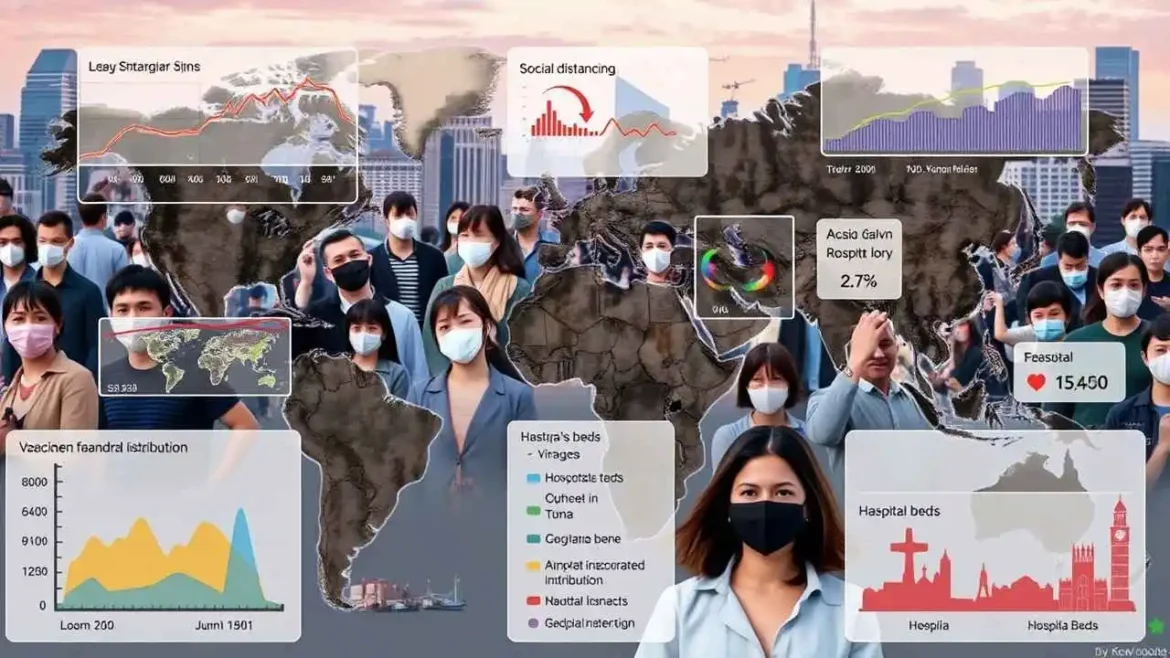
COVID-19’s Ongoing Effects: Navigating the New Normal
The emergence of COVID-19 dramatically altered our world in late 2019. What began as localized reports of unusual pneumonia quickly escalated into a global pandemic, challenging healthcare systems, economies, and societies on an unprecedented scale. As researchers, healthcare professionals, and informed global citizens, we have collectively embarked on a rapid and intensive journey to understand this novel disease. Our focus has been twofold: deciphering its origins and modes of transmission – its causes – and developing effective strategies to treat those afflicted – its treatments. This journey has been marked by scientific breakthroughs, collaborative efforts, and the relentless pursuit of knowledge in the face of a formidable invisible enemy.
Understanding the causes of COVID-19 is fundamental to controlling its spread and mitigating its impact. The disease is caused by a virus, specifically a new type of coronavirus named Severe Acute Respiratory Syndrome Coronavirus 2, or SARS-CoV-2. Coronaviruses are a large family of viruses, some of which cause illness in people, ranging from the common cold to more severe diseases like SARS and MERS. SARS-CoV-2 is a beta-coronavirus, genetically similar to SARS-CoV, the virus that caused the 2002-2003 SARS outbreak.
Our scientific understanding points towards a zoonotic origin for SARS-CoV-2. This means the virus likely spilled over from an animal population into humans. While the exact sequence of events and intermediate hosts are still subjects of ongoing investigation, the most widely accepted scientific consensus is that the virus originated in bats. Coronaviruses are common in bats, and it is thought that SARS-CoV-2 or a closely related precursor virus circulated harmlessly in these animals for some time. The leading hypothesis suggests the virus then jumped to an intermediate animal host, potentially one sold in a market setting, where it acquired mutations enabling it to efficiently infect humans. Once in the human population, the virus found ample opportunity to spread.
The primary mode of transmission for SARS-CoV-2 is through respiratory droplets and aerosols expelled when an infected person breathes, talks, coughs, or sneezes. These tiny particles containing the virus can be inhaled by people nearby, leading to infection. Smaller aerosols can remain suspended in the air for longer periods, particularly in poorly ventilated indoor spaces, contributing to airborne transmission. While less common, it is also possible to get infected by touching a surface contaminated with the virus and then touching one’s mouth, nose, or eyes. Understanding these transmission routes has been crucial for developing public health strategies like masking, physical distancing, and improving ventilation.





